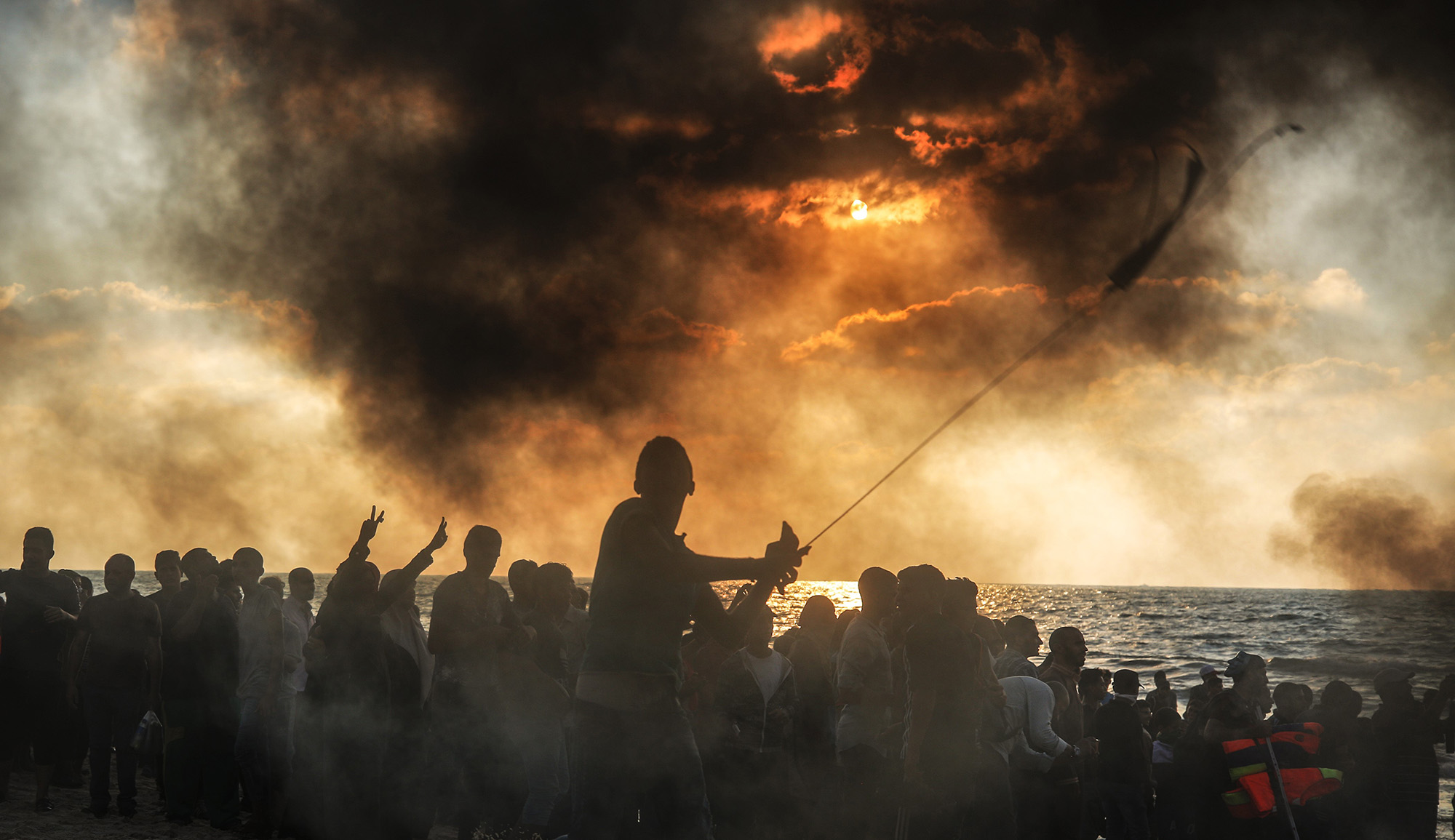For many American Jews, observance of Thanksgiving is more than merely permissible; it has evolved into something quasi-sacred, writes Allan Nadler:
In a scene in Avalon, Barry Levinson’s cinematic memoir of growing up in Baltimore with his Yiddish-speaking immigrant parents, Uncle Gabriel Krichinsky, brilliantly played by Lou Jacobi, arrives—late, as usual—for the extended Krichinsky family’s annual Thanksgiving dinner and sees that the meal has begun without him. He reacts to this violation of the established order with a hysterical tantrum, uttering what have been called the “best Thanksgiving movie lines, ever”: “You cut da toikey widdout me? Vot? You couldn’t vait? Your own flesh and blood—you cut da toikey!”
Still incensed, Uncle Gabriel storms out of the house and, from the sidewalk, delivers his final, righteous halakhic ruling: “You gotta vait until every relative is der, before da toikey is cut! I’ve said enough!” And off he drives, his indignation testifying to the way Thanksgiving, uniquely among non-Jewish festivals, has been adopted, with its food and rituals cherished, by American Jews. While parochial debates still linger about the propriety of Jews celebrating this secular feast, they are limited to the ultra-Orthodox fringe.
But what of those Ḥasidim who do not partake of the Thanksgiving table?
These Jews have their own table, though very few American Jews have ever heard of, let alone attended, it: the rebbe’s Sabbath tish (Yiddish for table), the most sacralized feast in the history of Judaism, with bizarre, mystically infused customs and ritually sanctified foods. The tish, conducted on Friday evenings and before dusk on Saturday, during the s’udah sh’lishit or third meal, is among the most central and enduring religious rituals in ḥasidic life.
Read more at Jewish Ideas Daily
More about: American Jewry, Thanksgiving, United States


